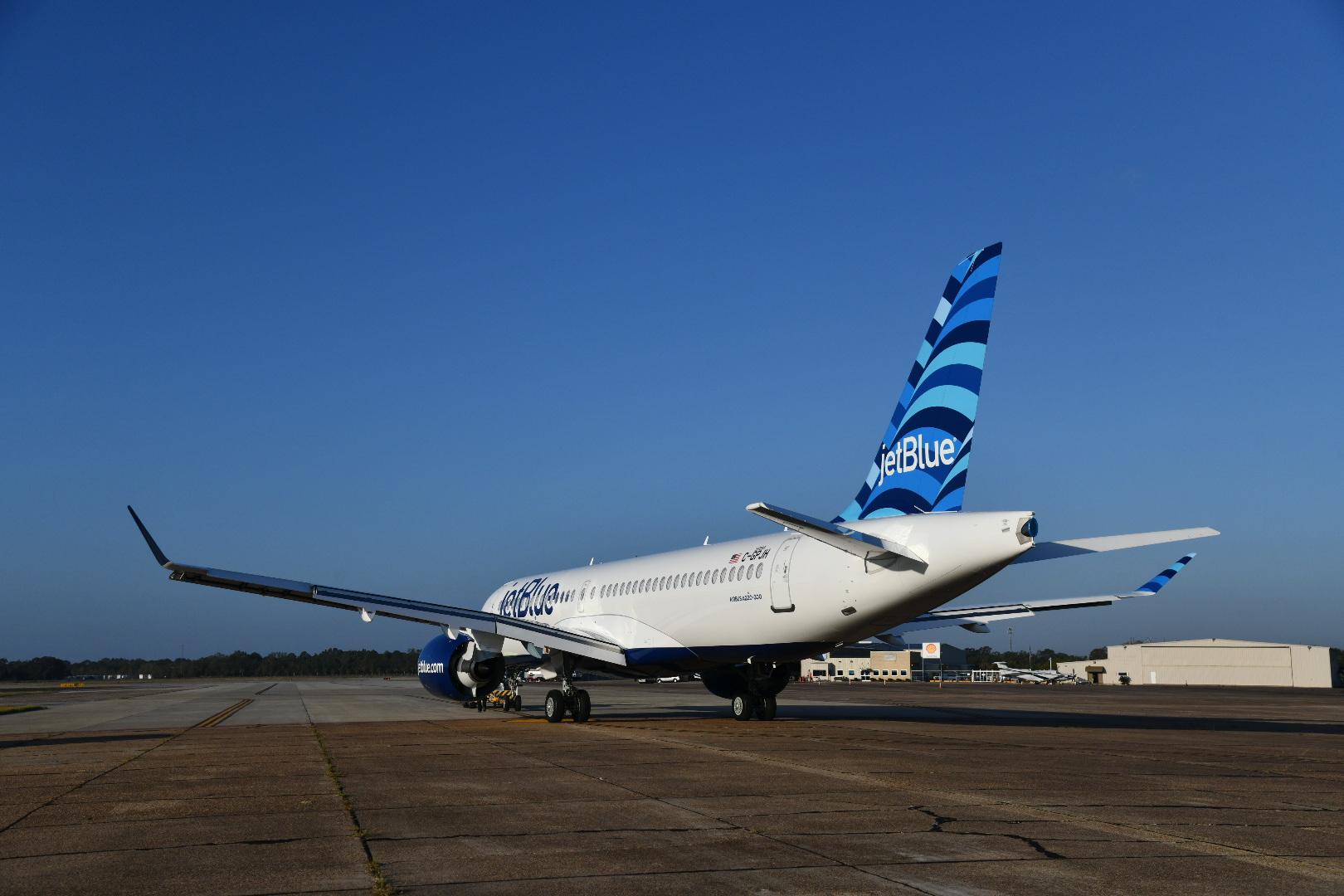
JetBlue Airways executives sounded an upbeat tone about leisure demand trends headed into the winter holiday season, even as they announced a $393 million net loss for the 2020 third quarter (Q3).
Speaking on an Oct. 27 earnings call, JetBlue CEO Robin Hayes said that management is “cautiously optimistic” about a recent improvement in booking trends for travel during the Thanksgiving and Christmas periods.
“We have seen signs of pent-up demand from customers who want to visit their family and friends or go on vacation, and we believe that we are extremely well-positioned to serve these customers as they return to air travel,” Hayes said.
Unlike earlier in the summer, when a surge in COVID-19 cases across the southern U.S. sidelined the nascent rebound in domestic leisure travel, Hayes said the recent spike in cases has not yet had a material impact on travel demand. In a further sign of strength, the JetBlue chief observed that the booking curve has elongated ahead of the holiday travel season—meaning customers are increasingly feeling comfortable booking trips further from their planned date of travel—although the curve remains compressed compared to its pre-pandemic shape.
To be sure, travel demand across JetBlue’s domestic and near-international network has been uneven, largely due to varying quarantine and business restrictions in different states and countries. Hayes described the impact of New York’s 14-day quarantine on customer demand as “very, very significant,” although he observed that “compliance with quarantines has been mixed, at best.”
JetBlue’s top-performing routes in recent months have been to beach destinations in Florida, the Caribbean and Latin America. As such, the carrier has redeployed aircraft from the northeast to warm-weather leisure markets, including more than 60 new routes announced this summer featuring dozens of new transcontinental and leisure connections from JetBlue’ss Newark and Los Angeles hubs.
“As we’ve said since the onset of this pandemic, we do believe leisure and VFR [visiting friends and relatives] traffic will recover well before business travel rebounds,” JetBlue president Joanna Geraghty said. “VFR tends to be quite resilient in times like this, and we’re seeing that absolutely play out.”
Management plans for scheduled capacity to decline by 45% year-over-year in the 2020 fourth-quarter (Q4), marking a moderate improvement from down 58% in Q3. Load factors recovered to 50% by the end of September, boosted by tighter capacity and increased demand.
JetBlue further restructured its Airbus orderbook in Q3, and now expects to receive 15 new jets in 2021 and 11 in 2022, consisting of a mix of A220-300s and A321neo/LRs. The new delivery schedule amounts to a reduction of two fewer A321LRs next year and four fewer in 2022, which Raymond James analyst Savi Syth said “could possibly signal a slower ramp-up in its transatlantic ambitions.”
JetBlue executives now expect daily losses to narrow to $4-6 million in Q4, compared to $6.1 million per day in Q3. With $3.2 billion in liquidity as of Sept. 30, and access to an additional $1.9 billion loan from the U.S. Treasury Department, the airline can potentially survive for another two years at current demand and cash burn levels, according to Credit Suisse analyst Jose Caiado.
JetBlue posted a $393 million net loss in Q3, exceeding its Q2 $320 million net loss. Total revenues plunged 76% to $492 million, compared to $2.1 billion in the year-ago period. Management expects revenues to improve to around 65% below 2019 levels in Q4.





